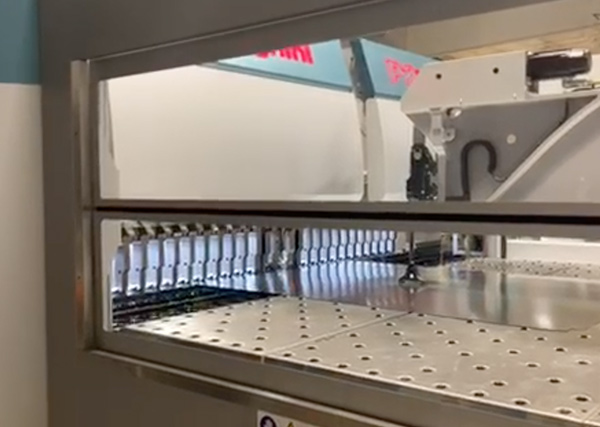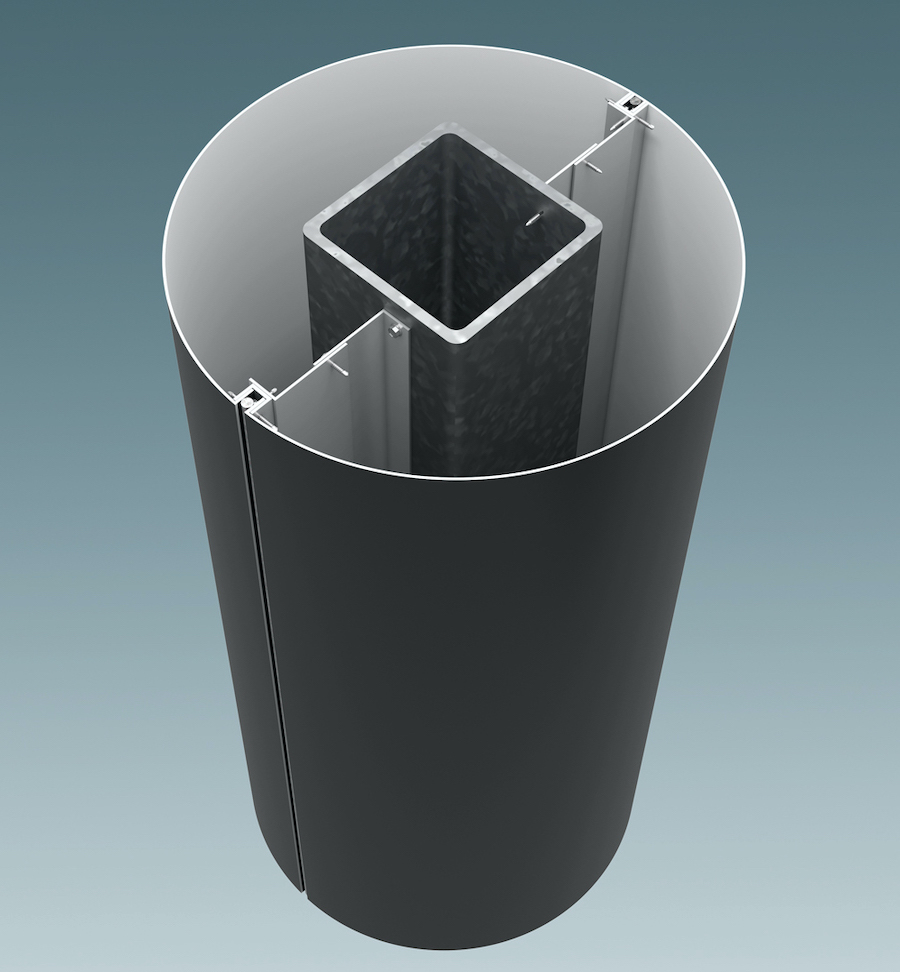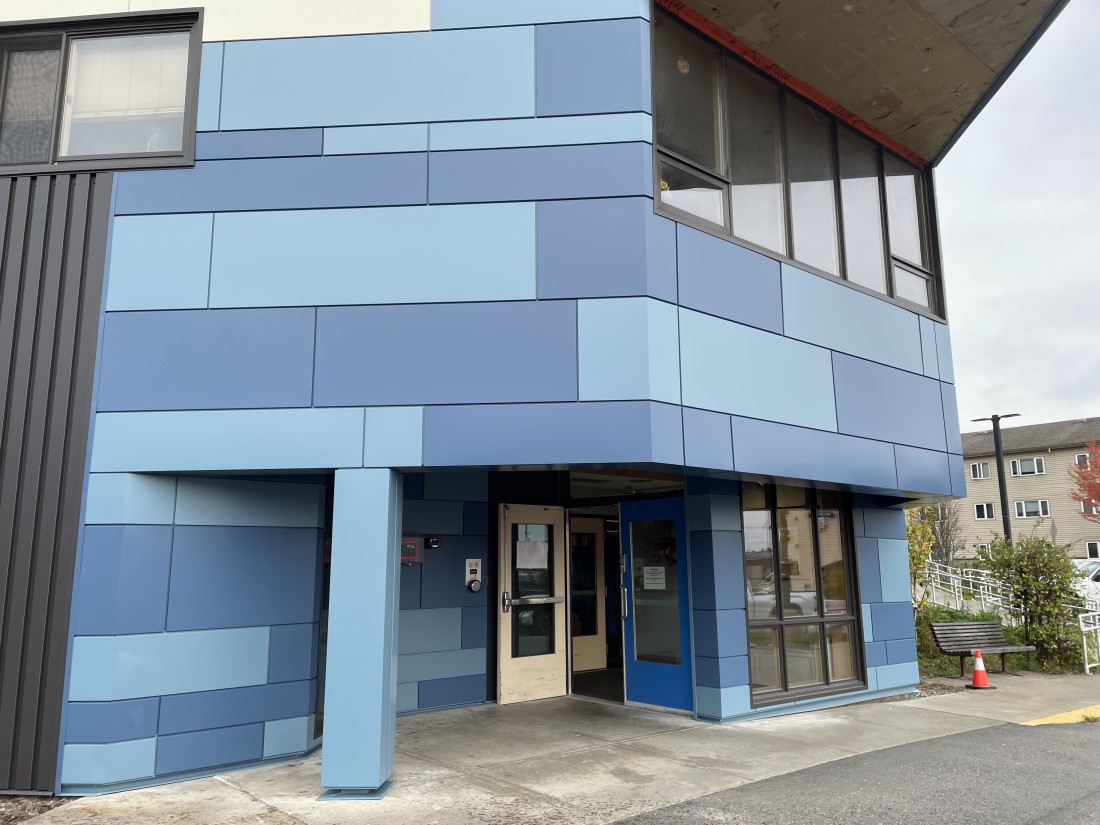Transforming Senior Living: Current Architecture and Future Design Trends in the United States

As the population ages, the demand for innovative and thoughtful senior living facilities in the United States is on the rise. The architecture of senior living spaces has evolved significantly over the years, emphasizing not only functionality but also promoting a higher quality of life for the elderly residents.
Current Landscape of architecture for senior living facilities:
Person-Centered Design: Contemporary senior living facilities prioritize person-centered design, focusing on the unique needs and preferences of each resident. Spaces are designed to be comfortable, accessible, and tailored to support a sense of independence. Private rooms, communal areas, and outdoor spaces are crafted to enhance residents' well-being and foster a sense of community.
Health and Wellness Integration: The architecture of senior living facilities now integrates health and wellness into the design. This includes on-site fitness centers, therapy rooms, and outdoor spaces for physical activities. Incorporating natural light, ample ventilation, and greenery contribute to a holistic approach to well-being.
Technology Integration: Many modern senior living facilities incorporate advanced technologies to enhance the safety and convenience of residents. This may include smart home features, telehealth options, and monitoring systems that provide both residents and their families with peace of mind.
Sustainable and Eco-Friendly Design: Sustainability is becoming a key consideration in senior living facility architecture. From energy-efficient lighting and appliances to eco-friendly building materials, these facilities are embracing environmentally conscious design principles to reduce their ecological footprint.
Future Trends:
Innovative Community Spaces: Future senior living facilities are likely to focus on creating innovative community spaces that promote social interaction and engagement. From multipurpose activity rooms to vibrant communal gardens, architects will prioritize designing spaces that cater to the diverse interests of an aging population.
Flexible Design for Aging in Place: Anticipating the desire for aging residents to remain in their communities, future designs may incorporate more adaptable features. Spaces will be designed to accommodate changing mobility needs and potential health conditions, allowing residents to age in place comfortably.
Intergenerational Living: As society recognizes the value of intergenerational interactions, the future of senior living facilities might include spaces that encourage connections with younger generations. This could involve incorporating childcare centers, shared common areas, and programs that facilitate meaningful exchanges between seniors and younger community members.
Technology Advancements: The integration of technology will continue to play a pivotal role in future designs. From robotics and artificial intelligence to virtual reality, these technologies may be harnessed to provide personalized care, enhance communication, and create immersive experiences for senior residents.
The architecture of senior living facilities in the United States is evolving to meet the changing needs and expectations of an aging population. From person-centered design principles to innovative community spaces and advanced technologies, the current landscape reflects a commitment to improving the quality of life for seniors. Looking ahead, the future promises even more exciting developments, with a focus on flexibility, sustainability, and intergenerational living, shaping the next generation of senior living facilities into vibrant, inclusive communities.






.png)
